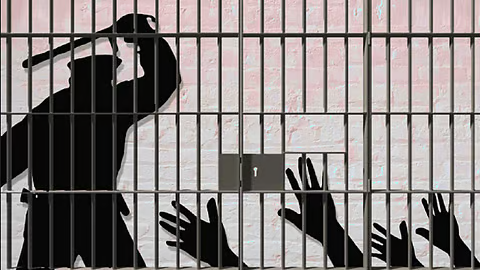



GP-DRASTI is a Gujarat Police initiative using drones for rapid crime response and surveillance in major cities. Drones provide real-time visuals, helping police assess situations and deploy resources efficiently. This tech-driven approach enhances traditional policing, especially in crime-prone hotspots, with trained teams operating quadcopters equipped with night-vision and zoom cameras.

Copyright infringement not intended
The GP-DRASTI drone program by the Gujarat Police.
It is a new initiative by the Gujarat Police to use drones for faster response and better surveillance. It stands for Gujarat Police – Drone Response and Aerial Surveillance Tactical Interventions.
|
Case Study -> A fight breaks out at a market. The drone reaches there in minutes and shows the police exactly how many people are involved and whether weapons are being used. Based on this, police decide how many officers to send. |
The drones will be used in 33 police station areas across four major cities: Ahmedabad, Rajkot, Surat, and Vadodara. These areas are known as “hotspots” for violent crimes like assaults, riots, mob attacks, and street fights.
The Gujarat Police are using quadcopter drones. These are small flying machines with four propellers.
They have advanced cameras that can zoom up to 1 km and work well even at night. The drones can stay in the air for about 45 minutes and cover a distance of 4 km from the base station.
Each drone is controlled by a two-person team. One person operates the drone, while the other knows the local area well and helps guide it. Right now, 16 police officers (two from each station) are being trained to handle these drones. They learn how to fly the drones and analyze the footage at the Gujarat Police Academy.
GP-DRASTI is unique because it combines technology with traditional policing. Earlier, police relied only on patrol vans and foot patrols. Now, drones give them an “eye in the sky,” allowing them to monitor large areas quickly.
Must Read Articles:
Source:
|
PRACTICE QUESTION Q. Critically analyze the role of drones in disaster management and emergency response. 150 words |








© 2025 iasgyan. All right reserved